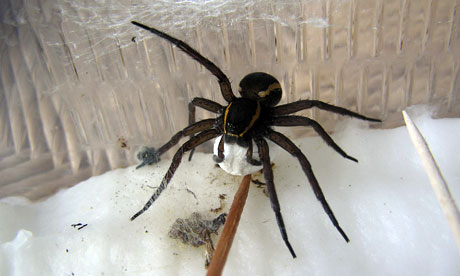
Spider expert Helen Smith has been raising thousands of Fen Raft Spiders in her kitchen, feeding them flies in their test tube nurseries. But now the surrogate mother has broken the bond and the spiderlings have to go it alone, after being set free in a Suffolk nature reserve. The Fen Raft spider is a seriously endangered species, one of only two protected spiders in Britain, living in isolated enclaves. The parents of this new generation of spiderlings were picked from separate populations to enhance their genetic diversity.


